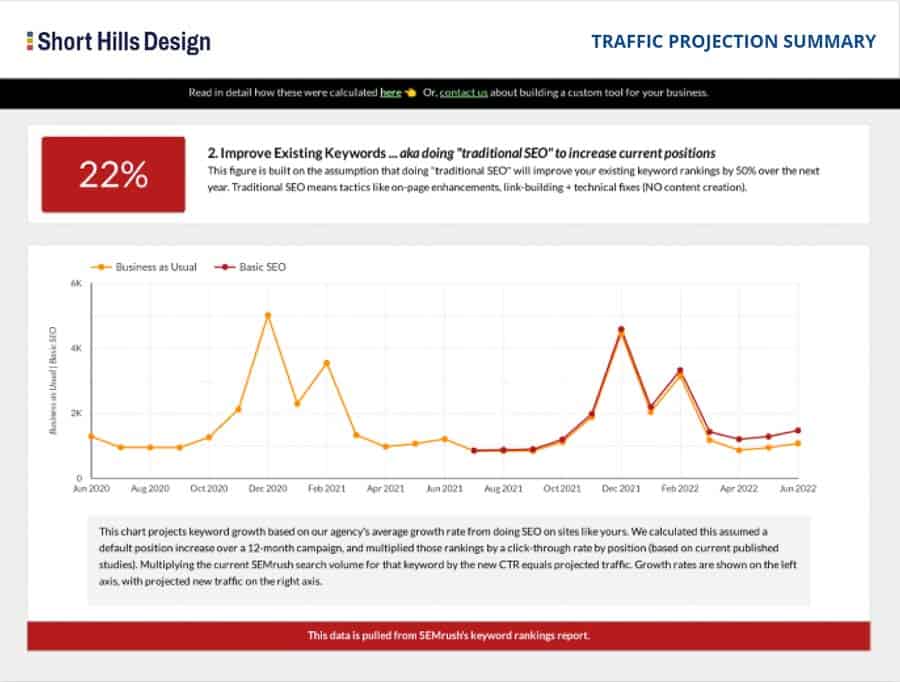
SSL is short for “Secure Socket Layer” and it describes a method that computers use to securely communicate with each other. For the purposes of this discussion we are going to limit ourselves to the web, where we deal with the common http:// and https:// prefixes before a web address (e.g. http:///shorthillsdesign.com vs https://www.shorthillsdesign.com )
SSL has been a recent popular topic of discussion because Google has stated that the presence or absence of SSL on a website (http vs https) is becoming a ranking factor. To learn more about SSL as a ranking factor, please read this article (link to this article SSL and SEO: Will having an SSL certificate on my website improve my search engine rankings?)
In short, SSL makes sure that the communication from one computer to another computer over the internet is secure (for this article, “secure” = “encrypted”). We’ve all seen the yellow padlock SSL icon in our web browser when we visit a banking website or have to enter our credit card number to make an online purchase. The reason that https is used in these circumstances is because when you use SSL, it’s incredibly difficult for someone to “listen in” to the conversation between your computer and the bank’s computer – and hence to steal your personal information. Thus, we don’t mind browsing CNN or ESPN with HTTP (there’s nothing compromising about knowing what articles I read on CNN Or what scores I check on ESPN) – but when it comes to SSN#s, etc., it’s clear why we want this protection.
It’s a great question. Our website, shorthillsdesign.com, for example, does not accept any type of information that would be considered secure – we use a secure portal for credit card payments, and our project management system is separately encrypted with SSL. So why does the site need to be SSL-protected for people to browse our service offerings and learn more about our (fantastic) team? The reason is that Google wants to move the web toward a more privacy-focused system.
So, while the jury is still out about SSL being “required” for your website, it makes sense to begin to plan to make the move.

